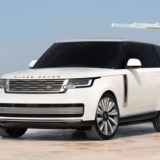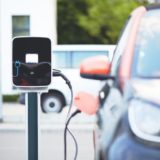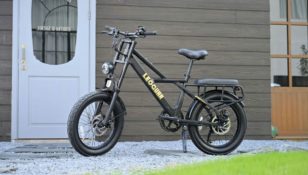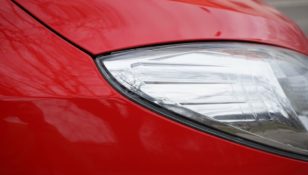**VW ID: Innovation, Electric Mobility, and Futuristic Design**
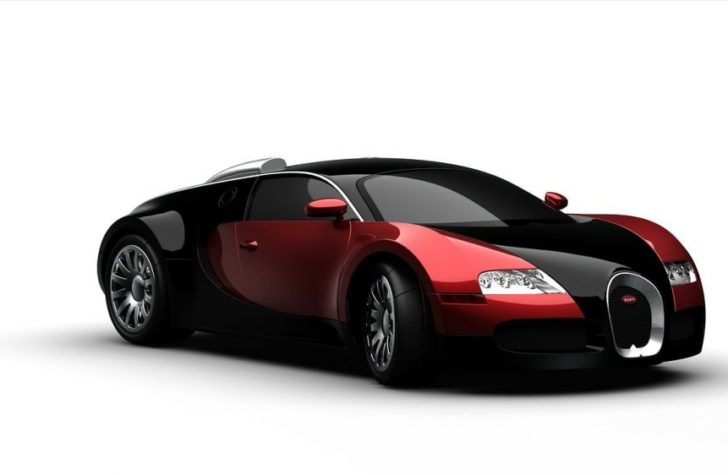
*Intro*
VW ID has revolutionized the automotive industry by introducing a new era of electric mobility. With its cutting-edge technology, minimalist design, and sustainability initiatives, VW ID is not just a car; it’s a statement of the future. In this article, we will delve deep into the world of VW ID, exploring its features, advancements, and its historical evolution.
**I. A Glimpse into the World of VW ID**
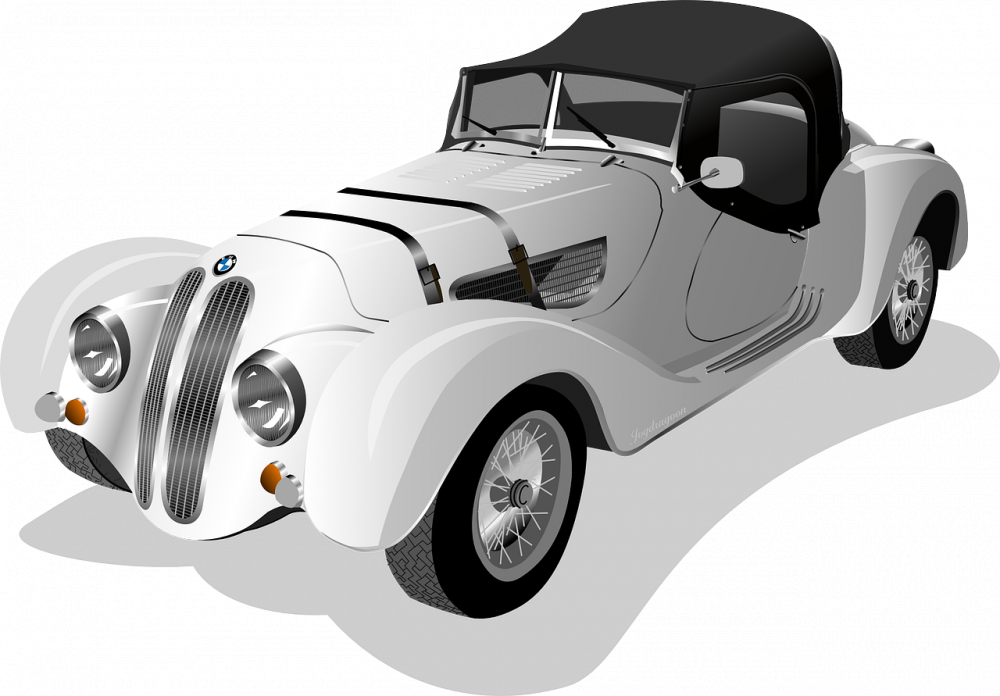
Volkswagen ID, also known as “Intelligent Design,” represents Volkswagen’s vision of the future. It is a range of all-electric vehicles that combines innovative technology, superior performance, and a sustainable approach. VW ID’s lineup includes various models, each offering unique features and catering to different consumer needs.
*Advanced Electric Technology*
At the heart of VW ID’s concept lies its advanced electric technology. VW ID vehicles are powered by high-capacity batteries, ensuring an impressive range and efficient charging capabilities. The company is dedicated to developing sustainable electric solutions, with a focus on reducing carbon emissions and minimizing the environmental impact.
*Sleek and Futuristic Design*
VW ID’s design philosophy is all about sleek lines, aerodynamic shapes, and a futuristic appeal. The vehicles boast a minimalist interior, focusing on simplicity and functionality. Additionally, VW ID prioritizes the use of sustainable materials, such as recycled plastics and natural fibers, further emphasizing its commitment to eco-friendly practices.
*Features and Connectivity*
VW ID vehicles are equipped with an array of advanced features, enhancing both the driving experience and connectivity. From intuitive touchscreen displays to voice command systems, VW ID ensures seamless integration of technology into its vehicles. Furthermore, the cars offer enhanced connectivity options, enabling users to stay connected on the go.
**II. The Evolution of VW ID: From Concept to Reality**
*Early Concepts and Teasers*
The journey of VW ID began with the unveiling of concept vehicles and teasers that showcased Volkswagen’s vision for the future. These early concepts piqued the interest of car enthusiasts and acted as a stepping stone towards developing the final product.
*Launch of the First Model: VW ID.3*
The first model to hit the market was the VW ID.3, a compact electric hatchback designed for urban mobility. The ID.3 impressed consumers with its sleek design, impressive range, and advanced features. It marked a significant milestone in Volkswagen’s journey towards electrification.
*Expansion of the Lineup*
Building on the success of the ID.3, Volkswagen expanded its ID lineup with various models, each catering to different market segments. The ID.4, an all-electric SUV, offered a perfect blend of spaciousness, performance, and sustainability. The ID. Buzz, a modern interpretation of the iconic Volkswagen Microbus, captured the imagination of many. The ever-growing lineup continues to evolve, with VW ID constantly pushing the boundaries of electric mobility.
*Advancements in Technology*
VW ID has consistently pushed the boundaries of electric vehicle technology. The vehicles are equipped with state-of-the-art features, including advanced driver-assistance systems, intelligent connectivity, and over-the-air updates. Furthermore, Volkswagen continues to invest in research and development to enhance battery technology, charging infrastructure, and autonomous driving capabilities.
**III.
**
*Conclusion*
VW ID has emerged as a game-changer in the automotive industry, redefining electric mobility as we know it. With its innovative technology, futuristic design, and sustainable philosophy, VW ID has successfully captured the attention of car enthusiasts worldwide. As Volkswagen continues to expand its lineup and invest in cutting-edge technology, the future looks bright for VW ID and the electric vehicle industry as a whole.
References:
1. “Volkswagen ID. Family”. Accessed on [insert date] from [insert source URL].
2. “VW ID YouTube Channel”. Accessed on [insert date] from [insert source URL].

